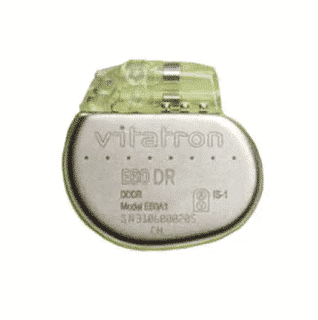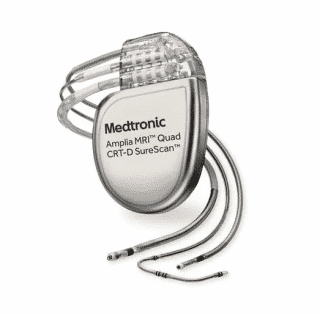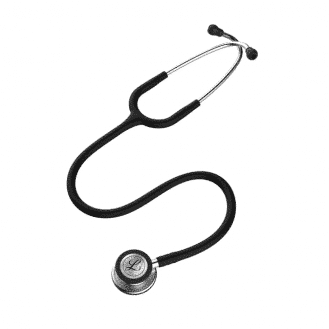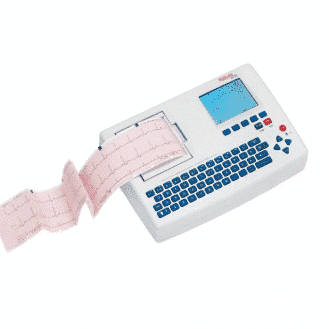An implantable cardiac stimulator is a medical device implanted in patients with heart rhythm disorders, often caused by problems with the innervation of the heart.

An implantable cardiac stimulator is a medical device implanted in patients with heart rhythm disorders, often caused by problems with the innervation of the heart.

Biotronik ICD
Cardiac stimulators are implanted in certain patients with conditions such as bradycardia, tachycardia, arrhythmia, sudden cardiac arrest, heart failure and atrial fibrillation.

Vitatron pacemaker
There are three main types of implantable cardiac stimulators: cardiac resynchronization therapy devices (CRTs), pacemakers and implantable cardioverter defibrillators (ICDs).

Medtronic CRT-D
A cardiac stimulator implantation procedure does not require open-heart surgery. The device is implanted subcutaneously in the subclavicular area. Most patients can go home within 48 hours of the procedure. The total duration of the intervention is approximately one hour.
The operation is carried out according to the steps below:
The lithium iodide battery in a cardiac stimulator lasts on average between six and eight years and weighs less than 30 g.
Replacing this battery usually requires a new skin incision, made at the site of the old chest incision. Just the battery box is replaced. Because of the high risk of complications from probe removal, the lead or leads are usually used indefinitely unless there are unexpected complications such as infection.
There are risks that may occur during surgery or after the implantation of the stimulator.


